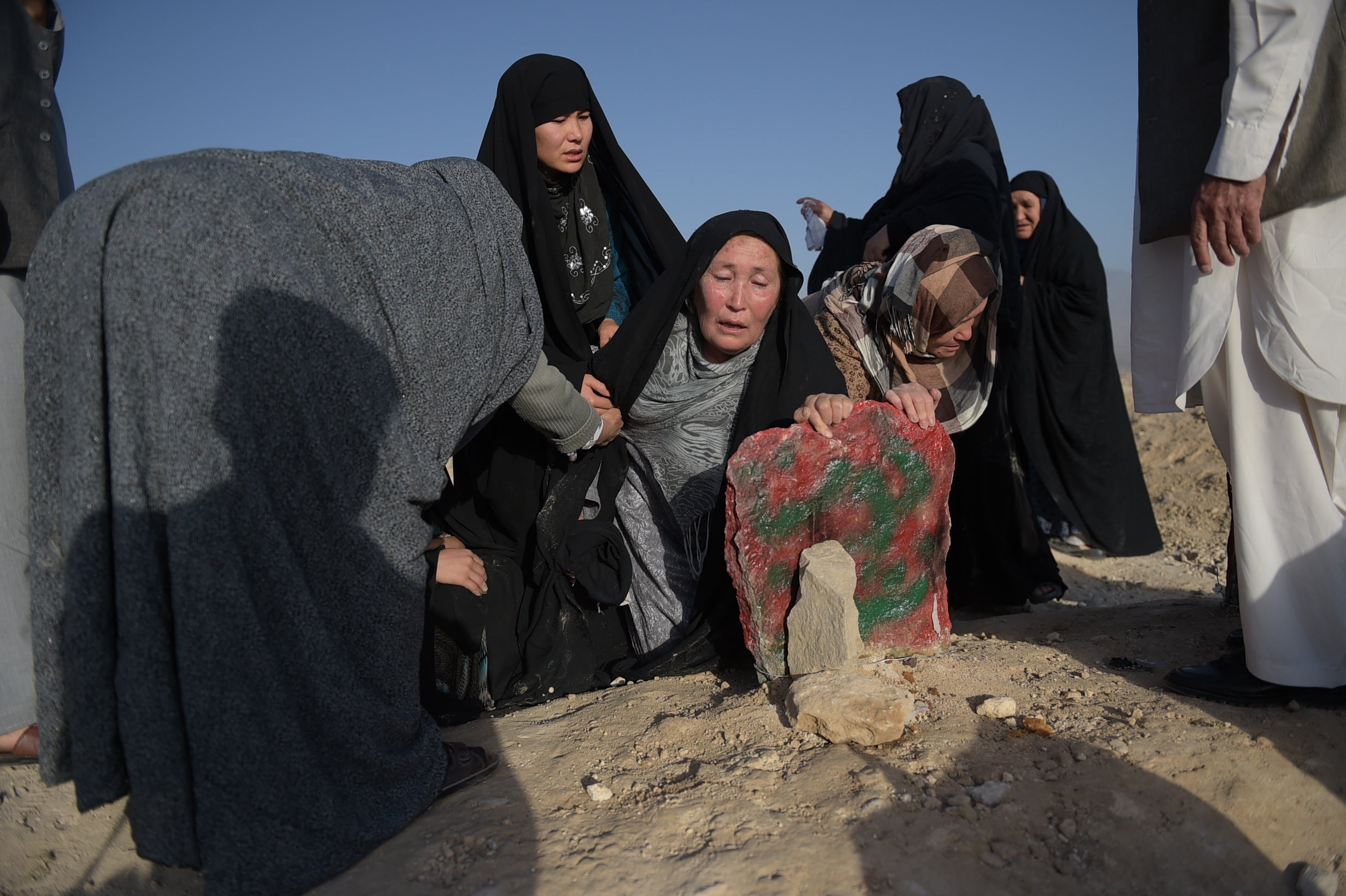Afghanistan’s Hazara community fears reign of terror under the Taliban
Ethnic and religious minority of four million which is already at receiving end of sectarian violence now fears persecution
The Taliban’s advent to power has insinuated a sense of fear among Afghans, especially the religious and ethnic minorities who have repeatedly been at the target point of the hardline Islamist group and have faced widespread persecutions.
The Hazaras of Afghanistan, the third largest ethnic group belonging to the Shia community, have faced some of the most violent assaults at the hands of the Taliban. The Hazaras follow Shia Islam while the Taliban and majority ethnic groups of Pashtuns practice Sunni Islam, an ideological crossroads that leads only to conflict.
With the takeover of Kabul, the fall of the democratic government and the withdrawal of US-led foreign troops, the minority Shia Muslim group fears the Taliban will again target them – just as it did during its last regime in the 1990s – and the majority Pashtun community will also turn on them.
The last period of extended Taliban rule saw widespread persecutions of Hazaras along with targeted bombings of schools and hospitals in the region. This time, however, the Taliban has claimed all religious and ethnic minorities can live “peacefully” under their rule and no one will be persecuted. But recent reports suggest otherwise.
A 2018 United Nations Assistance Mission in Afghanistan report says most attacks by Taliban on civilians are directed towards the minority population, most of whom are ethnic Hazaras.
However, the conflict between the minority Hazaras and majority Pashtuns in Afghanistan goes back centuries.
Who are the Hazaras?
The Hazaras are the third largest ethnic group of Afghanistan and a religious minority in Afghanistan. There are about 4 million Hazaras estimated to be living in Afghanistan, forming around 10 per cent of the total population of the conflict-ridden nation. They are believed to be of Mongolian and central Asian descent and the descendants of Genghis Khan (known as Changez Khan in south Asia).
They look slightly different from the Pashtun majority, resembling the Mongol features a little, speak a different dialect of Dari, one of Afghanistan’s two major languages, and most of them follow a different sect of Islam – the Shia Islam. The two largest ethnic groups, the Pashtuns and Tajiks, follow Sunni Islam, while the Taliban as well as the Islamic State are hardliner Sunni groups. The two sects have been largely in conflict with each other, with sectarian violence erupting in other countries like Pakistan as well.
The alienation of Hazaras and migration to the rugged mountainous central areas, known as “Hazaristan”, is also the result of decades of persecution, especially at the hands of the Taliban. The Islamist group in the 1990s denounced the community as kafirs (non-Muslims) and ordered their massacre.
Attacks against Hazaras
The recent persecution of Hazaras was not instigated by the Taliban but had existed for centuries when Afghanistan was under monarchs and the majority Pashtun community dominated the minority Hazaras. In the late 19th century, thousands of Hazaras are believed to have been killed under Pashtun King, however, the exact number is debatable. The children of the Hazaras were later enslaved and their lands were taken away.
Under the Taliban rule of the 1990s, thousands of Hazaras were believed to have been slaughtered by the militants. Even after the Taliban’s defeat, the community has repeatedly been at the receiving end of violence and suicide bombings targeting their mosques, schools and assemblies.

However, the situation changed for the better in recent years when more efforts were put in to include the community in the mainstream, including getting the children to schools and Hazaras moving into positions of power.
What has the Taliban promised?
The Taliban is yet to spell out the finer details of how the new regime would function, but the militant group also announced its laws will be based on the religious rules of sharia law. It has also made tall claims of peace and equality, promising no persecutions based on religious or ethnic ideology.
Under the new constitution Afghanistan adopted in 2003 after the US-led forces drove out the Taliban from power in 2001, the Hazaras were given equality with other communities in the country.
However, right after taking control of the Ghazni province in eastern Afghanistan last month, Taliban militants are believed to have massacred nine ethnic Hazara men, a report by Amnesty International said last week.
Some pictures emerging on social media also showed that the statue of a prominent Hazara leader in Bamiyan – where the famed Buddhas were also destroyed two decades ago – had been decapitated within days of Taliban taking control.
The Taliban also assured freedom of movement for women, but it has been announcing orders for women to stay at home “for their own safety”. Despite the diplomatic language of the leaders this time around, the minorities may also be looking at a bleak future in Afghanistan.
Subscribe to Independent Premium to bookmark this article
Want to bookmark your favourite articles and stories to read or reference later? Start your Independent Premium subscription today.


Join our commenting forum
Join thought-provoking conversations, follow other Independent readers and see their replies
Comments